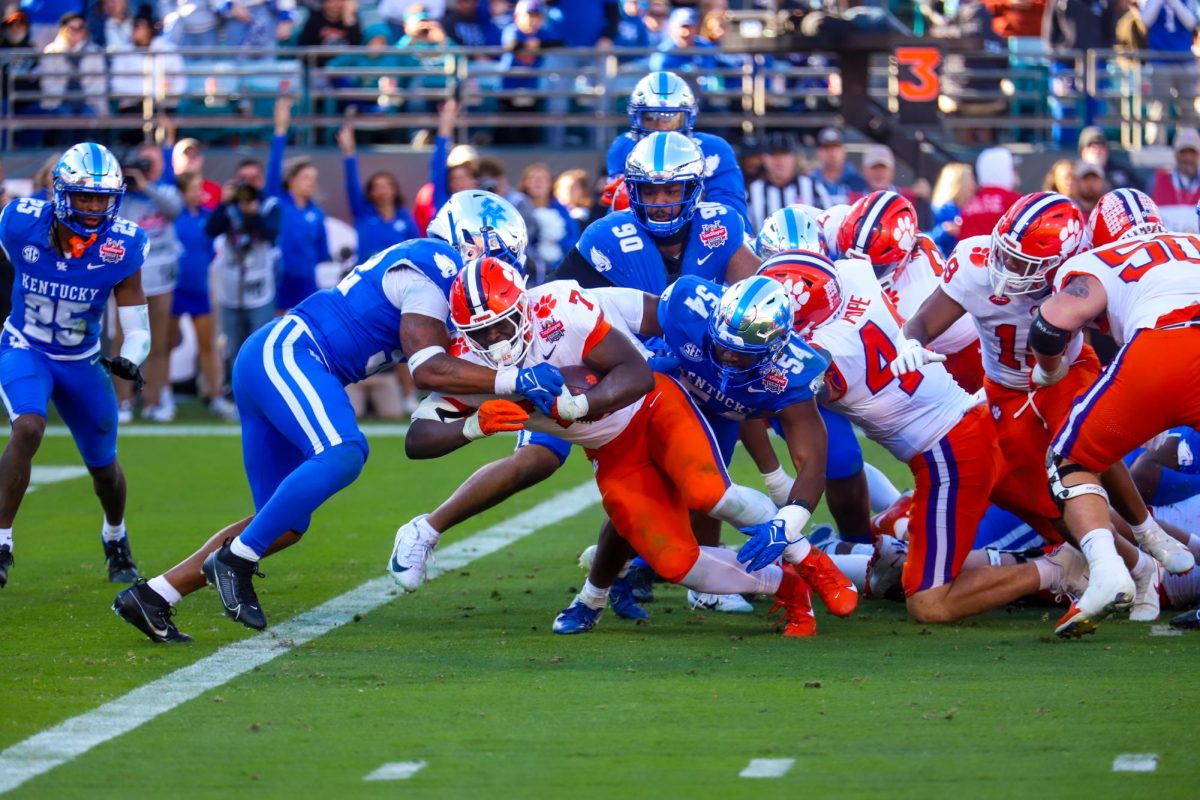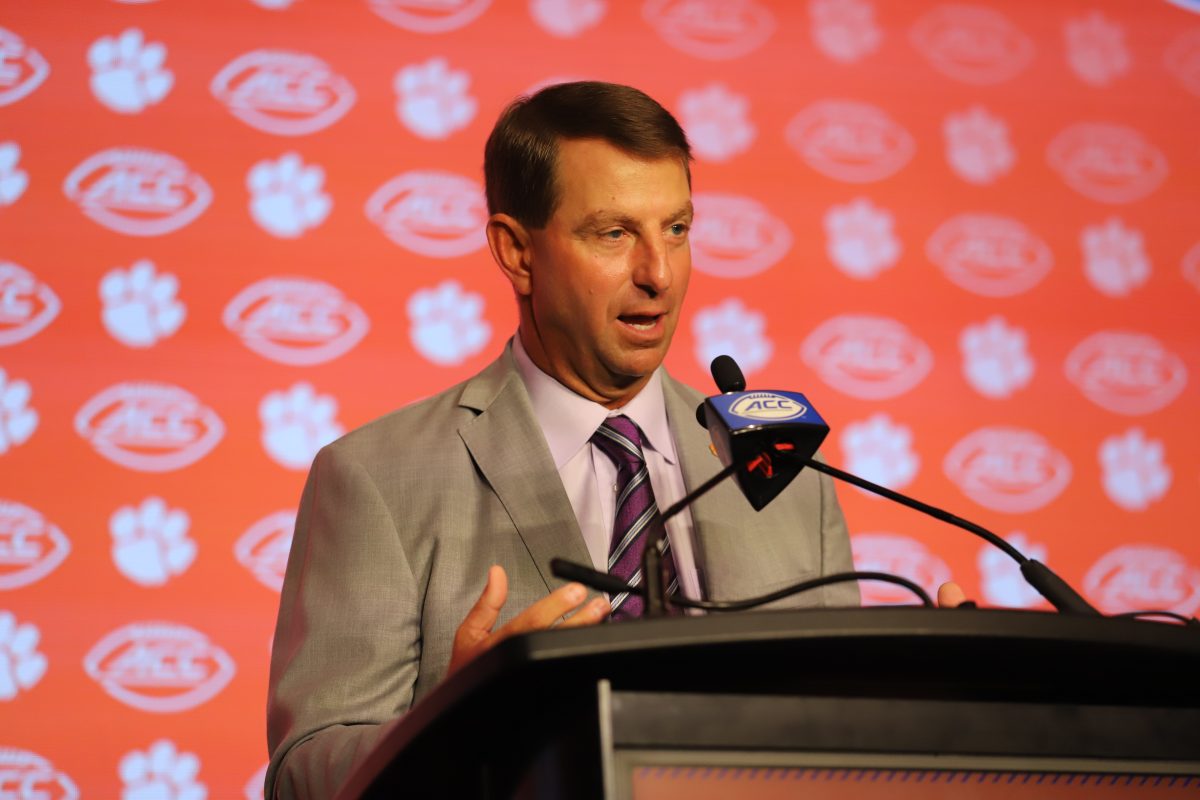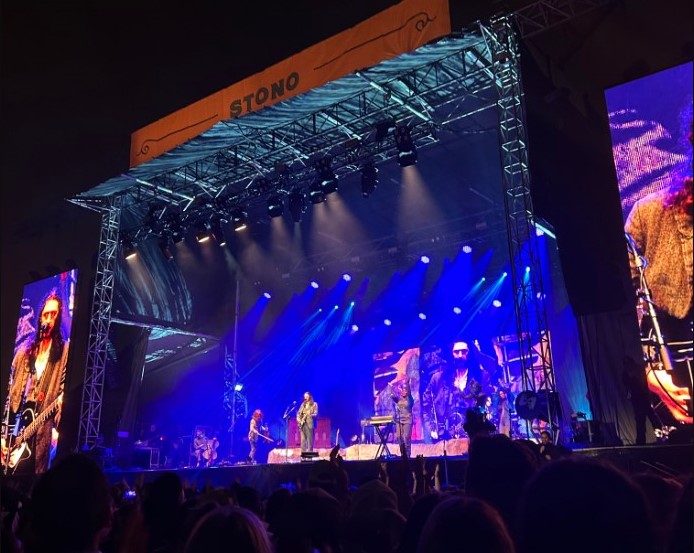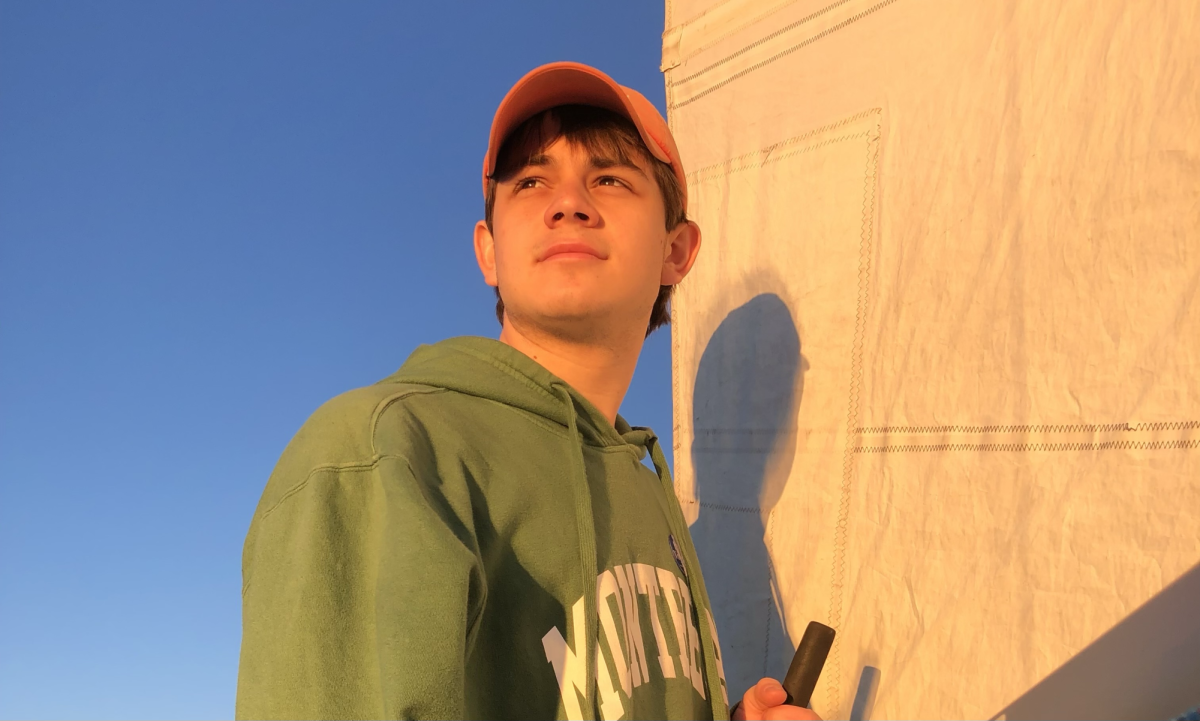Jazz has been revitalized following the emergence of “La La Land” as a box office hit. While younger generations may now recognize the merits of jazz, they often have no clue where to start when it comes to listening to this genre of music.
The best way to start is chronologically. Start by searching for great jazz artists from the 20s and 30s like Billie Holiday and Louis Armstrong. These classic voices and melodies will coax beginner jazz listeners into the mood of the era. Some top hits include songs like “All of Me” by Holiday and Armstrong’s cover of “It Don’t Mean A Thing (If It Ain’t Got That Swing).” They’re classics that even the most inexperienced jazz listener will probably recognize and be able to tap along to.
While classical jazz is pretty intriguing, start looking into other artists like Cole Porter, Ella Fitzgerald and Kermit Ruffins. A personal favorite “Jack, I’m Mellow,” is so jazzy that it wouldn’t even feel out of place at a party. Maybe try it out at a small get together first, and then take it to the big leagues.
Feeling even more adventurous? Look to jazz from other languages. A good starting point here is “Sous Le Ciel De Paris,” by Duo Gadjo and Their Hot Friends.
After thoroughly exploring jazz from the actual jazz age, you can move to more contemporary artists. This is where “La La Land” fans most often end up confused. There are some really wonderful new jazz artists, and then there are some that really need to trade in their pianos and saxophones for a pair of headphones so they can learn a thing or two from the greats. I’ll spare readers a rant on the weaker side of the jazz spectrum and only entertain those worth your time.
Frank Zappa is the first. His music is daunting, yet worthwhile for beginners. Zappa became majorly influential during the 1960s and remained so until around the 1990s. His music now resonates mostly with the nostalgic and those outside the mainstream. His singing is often reminiscent of Johnny Cash, with talking and singing intertwined. His style of jazz ranges from soothing to almost unlistenable at times. His album selection is absolutely massive, so here’s a brief guide.
Start with “Apostrophe(‘).” Listening will help you to decide if Frank Zappa is for you. If the weird bits of Zappa’s music were more enjoyable, lean toward albums like “We’re Only in It for the Money” or “Freak Out.” If the blues and rock parts spoke to you, move on over to “Over-Nite Sensation” or “Sheik Yerbouti.” Now if neither of these hold true and you really just wanted some jazz, scoot toward albums like “The Grand Wazoo” and “Hot Rats.” The rest is dependent on the listener, but Zappa’s music is an easy place to start.
After the Zappa overload, we’ll head towards a more typical brand of jazz. Two artists that blend the twentieth and twenty-first centuries of jazz are Herbie Hancock and Kamasi Washington. While Washington only has one full album, “The Epic,” there’s no need to fret — it’s almost three hours long.
Herbie Hancock offers more album variety and funk. Hancock’s jazz is a mix of older jazz rhythms and instruments with a funky overtone. Since his albums cover so much more than Washington’s, it’s best to start with an album like “Head Hunters” or “Cantaloupe Island.” Both of these have some of Hancock’s more popular songs but are also short. They can become unappealing after a while, but there are so many to go through that there’s always something else to listen to.
With Washington and Hancock finished, prepare yourself for this next artist, because there is no real way to understand contemporary jazz until Sun Ra has been on your playlist.
Sun Ra takes his name from Ra, the Egyptian sun god. His music combines mythology from other cultures (including Egypt’s) alongside his experiences as an alien from Saturn visiting Earth. He claimed that he was sent from his home planet, Saturn, to preach peace through jazz. He was highly controversial during his peak in the 1940s, and it only takes a few minutes of listening to his top hits to understand why.
Ra’s music includes the usual jazz lineup of piano, trumpet, drums and vocals. However, it goes on to include “cosmic” influences and, often, theatrical performances that are evident even without visual aid.
Since each person can listen to Sun Ra differently, I won’t give you a starting point as much as a warning. Don’t be put off by Sun Ra’s album titles. Some albums such as “Fireside Chats With Lucifer” and “Sun Ra Visits Planet Earth” hold some of his best songs. Give Sun Ra your best shot in your own time, and you’re sure to laugh and learn something about yourself.
If none of the suggested music so far has tickled your fancy, I’ll give a couple cop-out jazz options. Since jazz has had such a massive influence on music’s development, popular artists often use parts of it in their songs. Some of the more popular songs with obvious jazz undertones are “Smooth Sailin’” by Leon Bridges, “I Wish You Would” by J.D. McPherson and “My Brother Had A Birthday” by Dirty Projectors.
And remember, if nothing else, use the “La La Land”-inspired fad to persuade your friends, and perhaps even yourself, to listen to some of the greats. To quote Duke Ellington: “Life really don’t mean a thing if it ain’t got that swing.”
Jazz: from the ’20s to today
April 17, 2017
Donate to The Tiger
Your donation will support the student journalists of Clemson University . Your contribution will allow us to purchase equipment and cover our annual website hosting costs.













